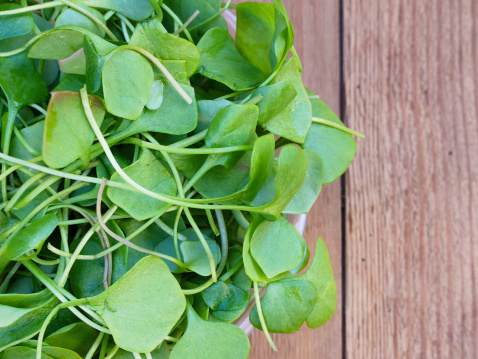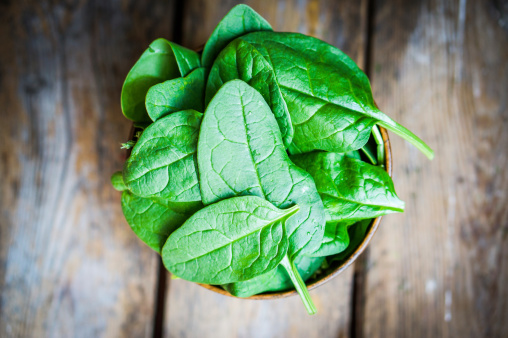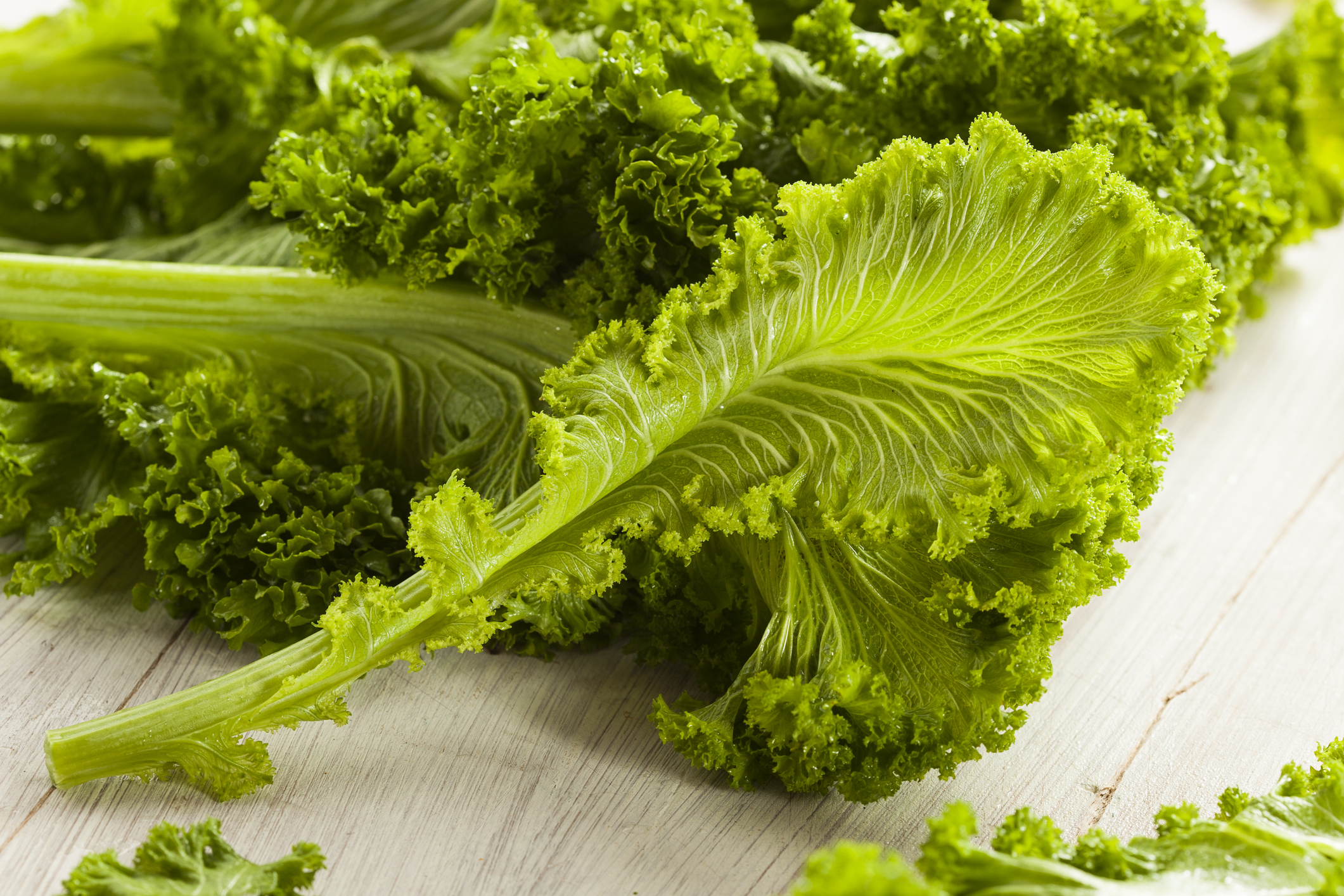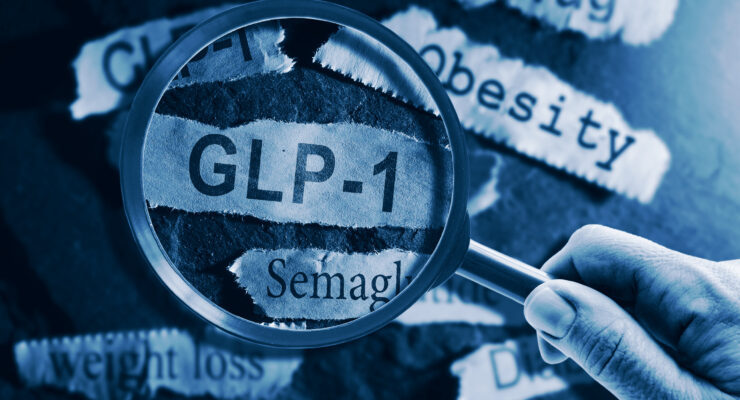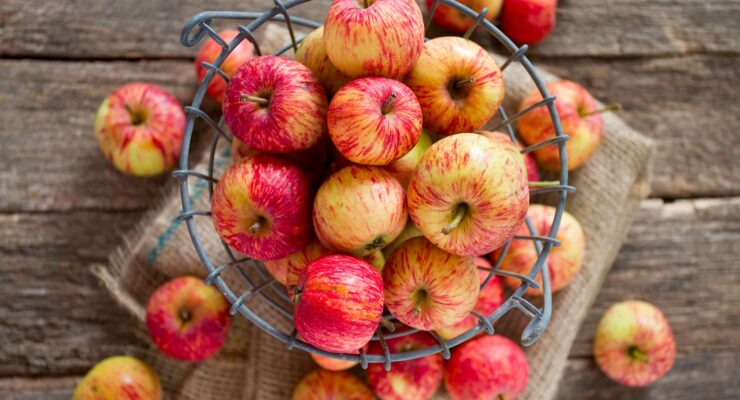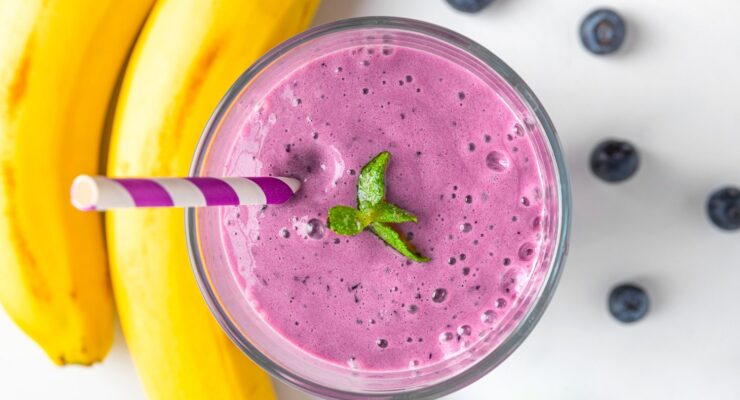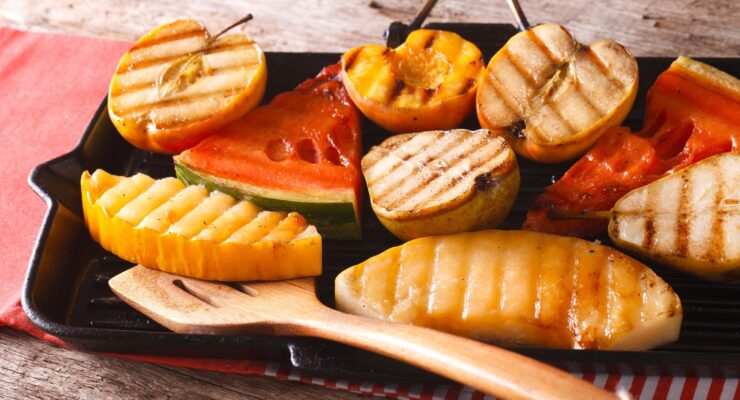New Superfoods on the Scene: 6 Leafy Greens That Aren’t Kale
Article posted in: Diet & Nutrition
Kale has become a superstar among healthy eaters in recent years because of its off-the-charts nutrient density. The leafy green is loaded with vitamins and minerals, high in fiber and low in calories. But kale doesn’t stand alone on the podium of most nutritious foods. These six leafy greens are super-healthy, too, and each can play a role in your weight loss journey.
Here’s what makes these leafy greens so good for you, and a few ideas for enjoying them:
1. COLLARDS
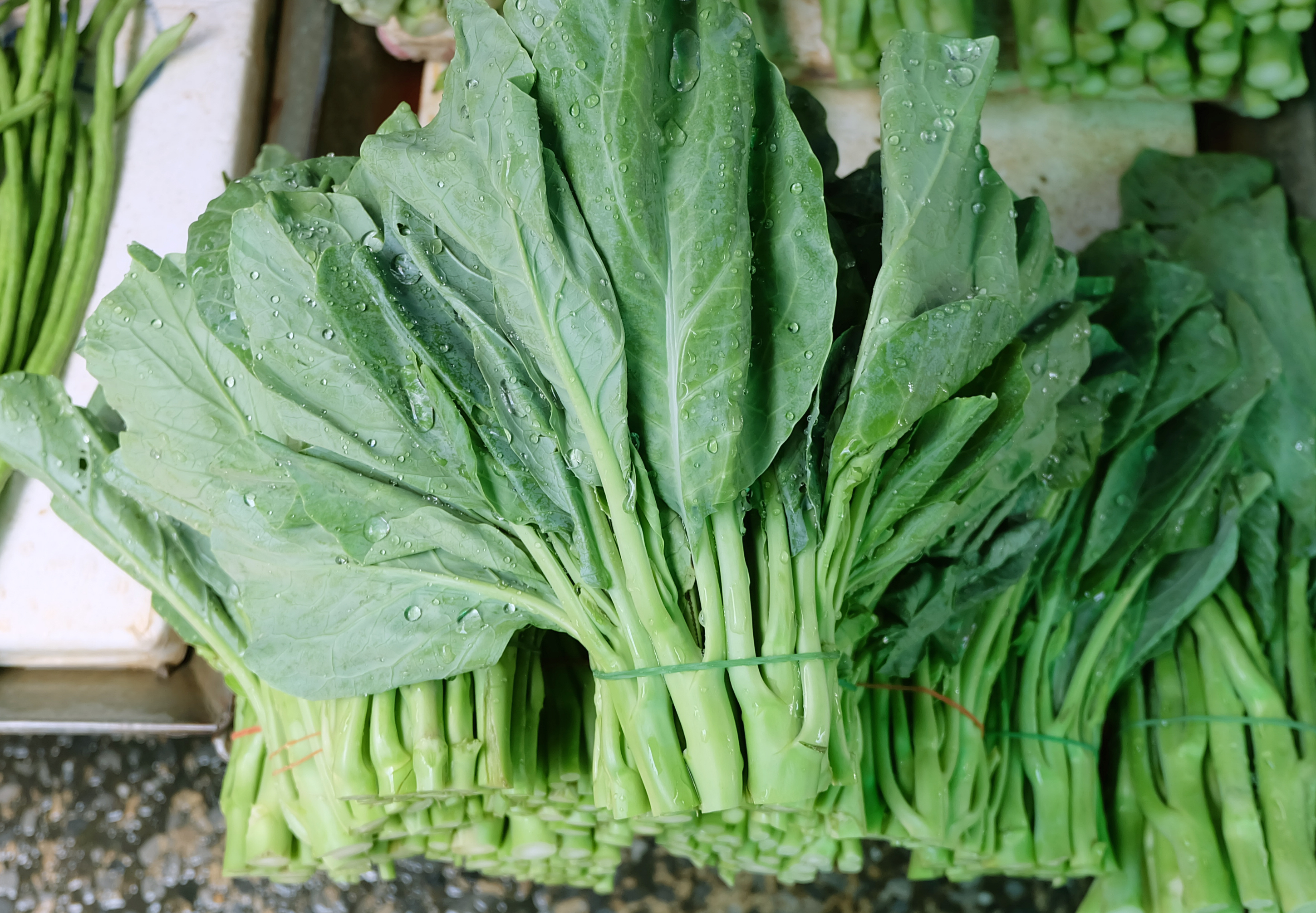
Why: A cup of raw collards has just 11 calories, but delivers about 35 percent of your RDA for vitamin A and 20 percent of your vitamin C needs. It’s a rich vegetable source of calcium, which helps manage your metabolism.
Try: Collard leaves are sturdier than other greens, so you can use them instead of tortillas as a wrapper for burritos or just fill them with grain salad for a nourishing lunch or snack. Classic Southern-style collards are loaded with fat, but you can simply sauté the leaves with diced onions and garlic to make a flavorful side dish.
2. SWISS CHARD

Why: A close relative of beets, Swiss chard may have white, red or yellow stems and veins. A cup of chopped Swiss chard has seven calories and it provides more than 200 percent of your daily vitamin A needs. Swiss chard also delivers a healthy dose of potassium, a mineral that helps your body regulate its sodium levels and blood pressure.
Try: Braising in vegetable broth is a low-calorie way to soften the firm leaves and bring out their flavors. Add raisins and a dash of vinegar for a sweet-and-sour side dish. The raw fibrous stems can be a colorful substitute for celery in cooked dishes.
3. WATERCRESS

Why: You get just four calories in a cup of watercress and loads of vitamins A and C. A study published in the American Journal of Clinical Nutrition found that eating watercress regularly increases your levels of lutein and zeaxanthin, antioxidants that help prevent cancer.
Try: The raw peppery taste of watercress kicks up the flavor of sandwiches and salads. You can also use it to make a zestier pesto or an omelet with more zing.
4. SPINACH

Why: Along with the fiber, and vitamins A and C that you get in other leafy greens, spinach is a healthy vegetable source of iron. A cup of raw spinach has seven calories and, while low in fat, it provides you with omega-3 fatty acids, which help protect your heart.
Try: Raw spinach is mild-flavored, which makes it an ideal substitute for lettuce in your favorite wrap or sandwich. Add chopped frozen spinach to spaghetti sauce or to your favorite lasagna—no one in the family will even notice.
5. MUSTARD

Why: The seeds of this cabbage cousin are used to make the condiment known as “mustard,” but the leafy greens are deliciously spicy, too. A cup of raw mustard has 15 calories and more than five times the vitamin K you need each day. It helps reduce inflammation as well as ensures that your blood clots properly.
Try: Stir-fry the greens with a bit of ginger, then serve them over brown rice to make a healthy version of the popular Korean dish known as “bibimbap.” Amp up the flavor of a frittata by adding sautéed mustard greens.
6. ARUGULA

Why: Also known as salad rocket or roquette, arugula has just two calories in each cup. It’s ranked among the most nutrient-dense foods for its high concentration of vitamins A, C and K, as well as folate, calcium, iron, potassium and magnesium.
Arugula also contains substantial amounts of lutein and zeaxanthin.
Try: Arugula’s texture is tender, so it’s best eaten raw in salads or sandwiches. You can also add it to pasta dishes or toss a few leaves on top of a pizza after those dishes are cooked and just about ready to eat.


